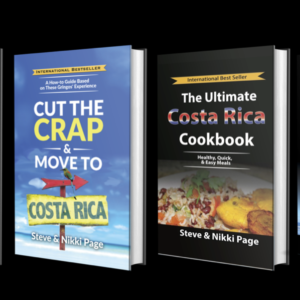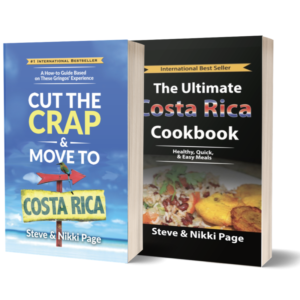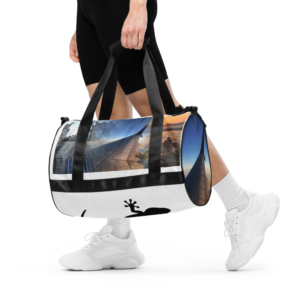In the beautiful country of Costa Rica lies a gem known as the Nicoya Peninsula, renowned for its status as one of the world’s five Blue Zones. These Blue Zones are areas where people live exceptionally long and healthy lives, often surpassing the average life expectancy. Your interest in the secrets of longevity and a sustainable lifestyle may have drawn you towards the wonders of Nicoya, where the concept of ‘Pura Vida’ – the pure life – isn’t just a phrase but a daily practice woven into the fabric of local life.
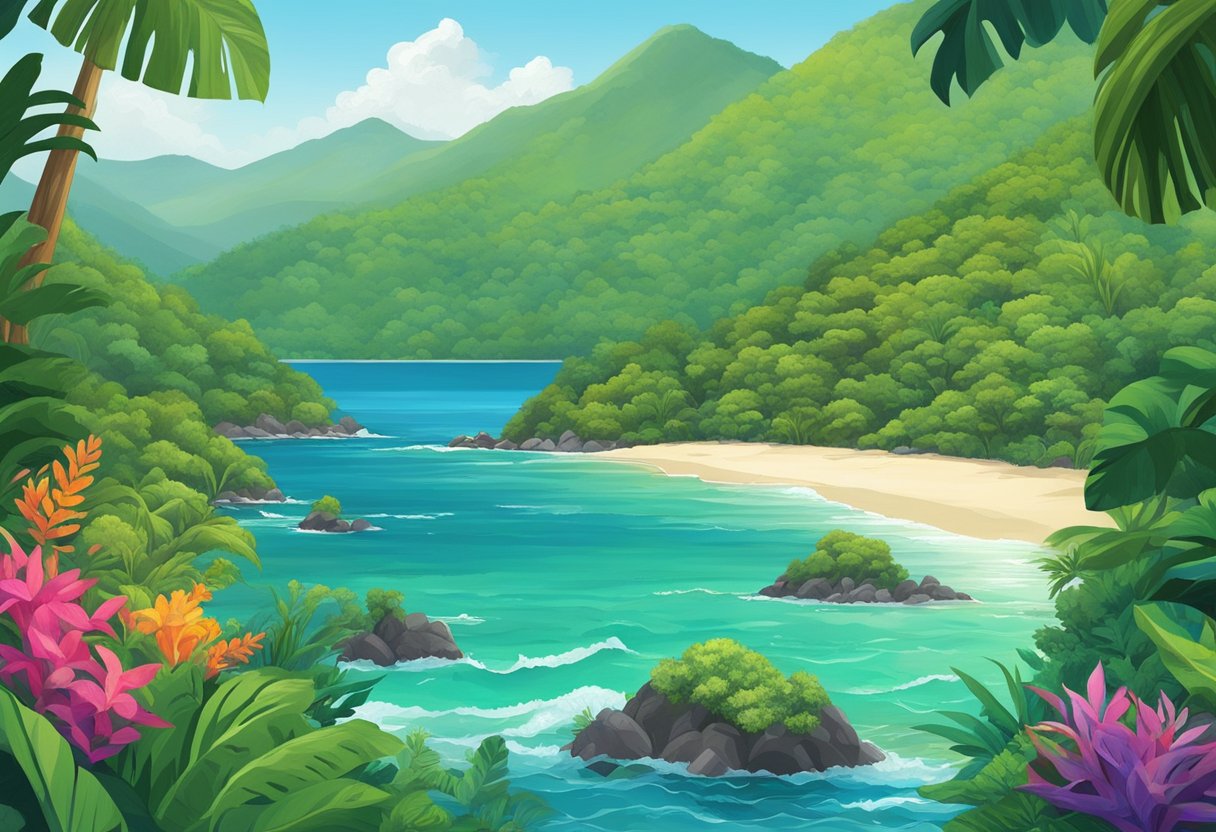
The Nicoya Peninsula offers an intriguing case study for scientists and health enthusiasts alike, seeking to uncover the factors contributing to the remarkable longevity of its residents. You might find it enlightening to know that the lifestyle in this part of Costa Rica involves a strong emphasis on community, a plant-rich diet, regular physical activity, and an overall lower stress level – all elements thought to significantly influence lifespan. Whether it is the mineral-rich water or the region’s strong cultural traditions, there is a unique blend of factors at play that supports the health and vitality of the Nicoyans.
Defining Blue Zones
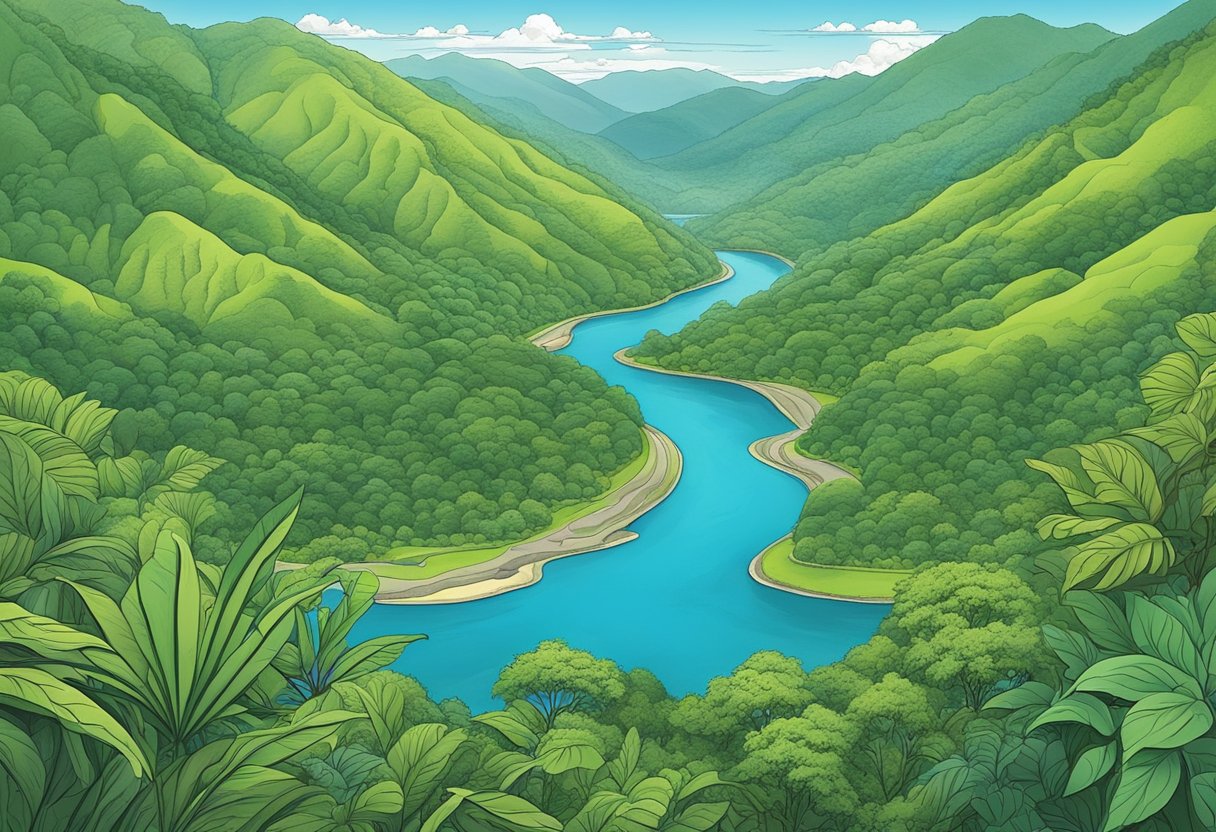
Blue Zones represent areas where people live exceptionally long lives. Let’s explore the background research that identified these zones and the regions worldwide known for their longevity.
Origins of Blue Zone Research
The concept of Blue Zones emerged from a demographic work spotlighting regions with high concentrations of centenarians. Dan Buettner, an explorer and journalist, collaborated with National Geographic and longevity researchers to identify and study these areas. The term “Blue Zone” traces back to a demographic study where researchers circled areas with significant longevity in blue ink.
Global Blue Zones
There are five regions commonly recognized as Blue Zones:
- Sardinia, Italy: A mountainous region with a notable number of male centenarians.
- Okinawa, Japan: Home to the world’s longest-lived women.
- Loma Linda, California: A community of Seventh-day Adventists with life spans significantly greater than the average American.
- Ikaria, Greece: An island with one of the world’s lowest rates of middle-age mortality and dementia.
- Nicoya Peninsula, Costa Rica: Known for their strong family ties and physical work, residents enjoy a longer life expectancy.
Each Blue Zone is characterized by unique cultural practices and diets, but all share common lifestyle factors that contribute to their longevity.
The Nicoya Peninsula’s Unique Environment
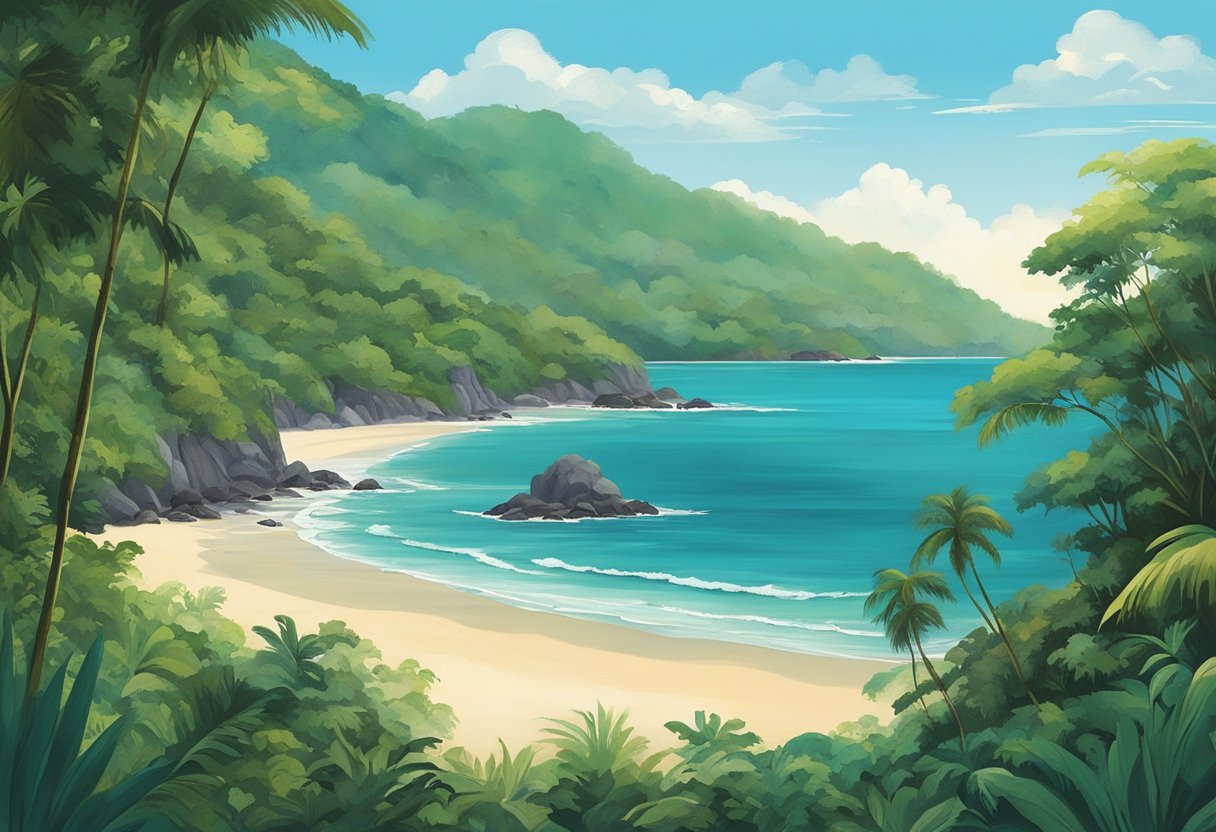
Your exploration of the Nicoya Peninsula, a renowned Blue Zone in Costa Rica, reveals a unique environment that fosters longevity among its inhabitants. This exceptional region is not only defined by its geographical and climatic conditions but also by distinctive dietary patterns and water composition, all of which contribute to the residents’ health and longevity.
Geography and Climate
The Nicoya Peninsula is located on the Pacific coast of Costa Rica, featuring a varied topography with beaches, mountains, and forests. You encounter a tropical dry climate, characterized by a distinct dry season from November to April and a wet season from May to October. This climatic rhythm naturally influences the lifestyle and activities of the local population. Abundant sunshine contributes to high levels of Vitamin D, which is crucial for bone health and immune function.
- Average Annual Sunshine: 2,500-3,000 hours
- Average Temperature Range: 24°C – 32°C (75°F – 90°F)
Local Diet and Nutrition
When you assess the diet of Nicoya residents, it’s evident that their nutrition is primarily plant-based, enriched with fresh fruits, vegetables, and legumes, which are all locally grown. The traditional Nicoyan diet is complemented with moderate consumption of animal protein and is low in processed foods. This dietary habit supplies essential nutrients and antioxidants, promoting overall health and longevity.
- Main Dietary Components:
- Fresh fruits: Papaya, banana, mango
- Vegetables: Squash, yam
- Legumes: Black beans
- Calcium and magnesium-rich staples: Maize and corn
Water and Mineral Content
In Nicoya, the water plays a pivotal role in the residents’ health. You find that it has unusually high levels of calcium and magnesium, contributing to the low rates of heart disease and strong skeletal systems common in the local population. These minerals are naturally filtered into the water supply through the region’s limestone terrain, providing an added health benefit to those who consume it regularly.
- Local Water Composition:
- Calcium: High concentrations
- Magnesium: Adequate levels
- Beneficial Effects:
- Cardiovascular health support
- Bone strength and density improvement
Lifestyle and Traditions in Nicoya
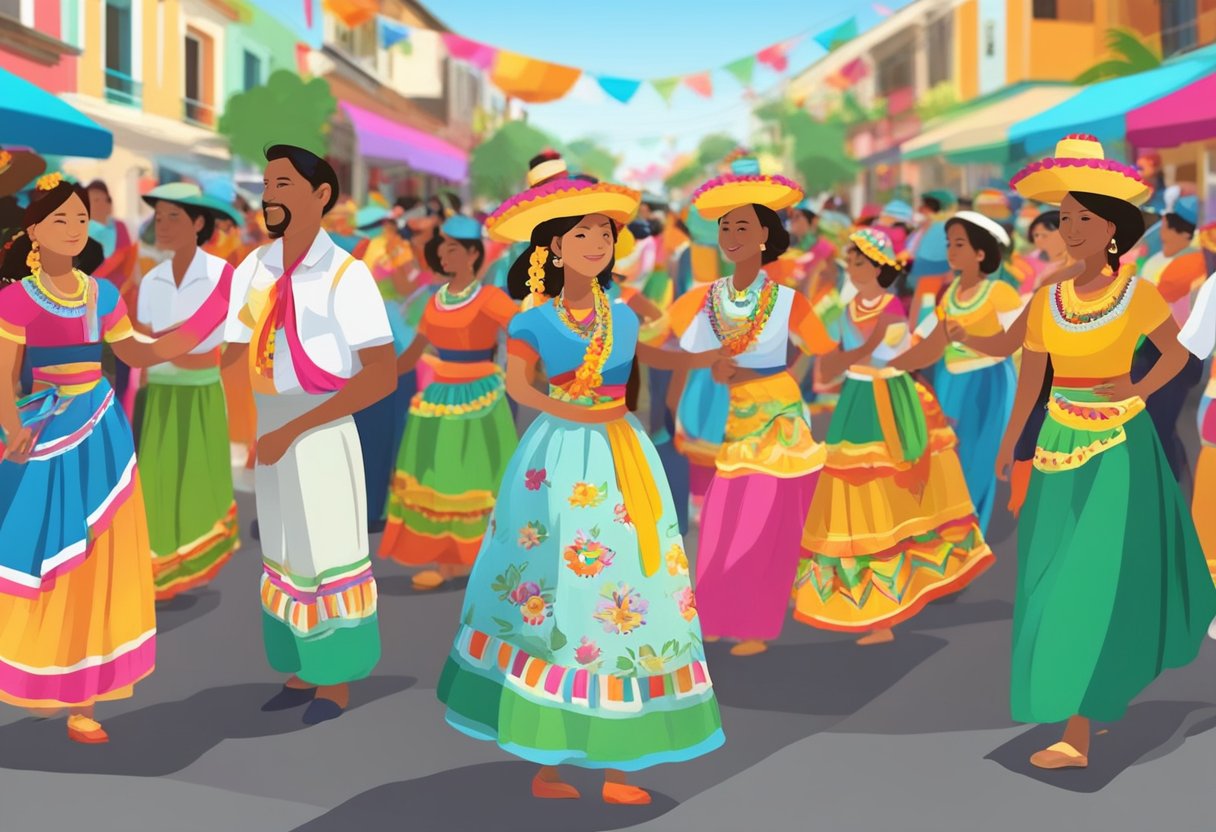
In Nicoya, your lifestyle and traditions revolve around a set of core principles that contribute to an enviably long life expectancy. Your diet, daily activities, and belief systems are not just habits but threads woven into the fabric of community life.
Nicoyan Diet
Your diet in Nicoya largely consists of the “Three Sisters” of Mesoamerican agriculture—corn, beans, and squash. These staples provide a balanced and nutritious diet.
- Corn: Used to make tortillas and other traditional dishes.
- Beans: Typically black beans, providing essential proteins.
- Squash: Adds vitamins and minerals to your meals.
Incorporating these elements into daily consumption helps maintain your health and works toward longevity.
Cooking in Costa Rica
In your Nicoyan kitchens, cooking is a form of expression and a family affair. Recipes are passed down through generations, exemplifying tradition and support within families and the larger community.
- Gallo Pinto: A common breakfast dish using rice and beans.
- Casado: A lunch plate that includes a protein, salad, plantains, and the “Three Sisters”.
Healthy fats, like those from local fruits and cooking with unprocessed coconut oil, also play a significant role in your diet.
Physical Activity and Work
In your daily life, physical activity is naturally integrated through work and lifestyle. Farming, walking, and household chores are all forms of exercise that contribute to Nicoya’s reputation as a Blue Zone.
- Farming: Tending to crops provides functional exercise.
- Purposeful Movement: Daily tasks, like fetching water or climbing stairs, keep you active.
This routine ensures that you have a tangible purpose in your daily endeavors, bolstering both mental and physical health.
Spirituality and Community
Your spiritual practices and sense of community play a crucial role in your approach to life, embodying the essence of Pura Vida. Spirituality and community involvement are intimately linked, often resulting in a collective support system.
- Spirituality: Often connected to religious faith, it provides a sense of purpose and peace.
- Community Gatherings: Celebrations, church services, and community meetings foster strong social ties.
By nurturing these connections, you ensure a support network that extends beyond immediate family, enhancing emotional wellbeing and contributing to longevity.
Health Outcomes and Longevity Factors
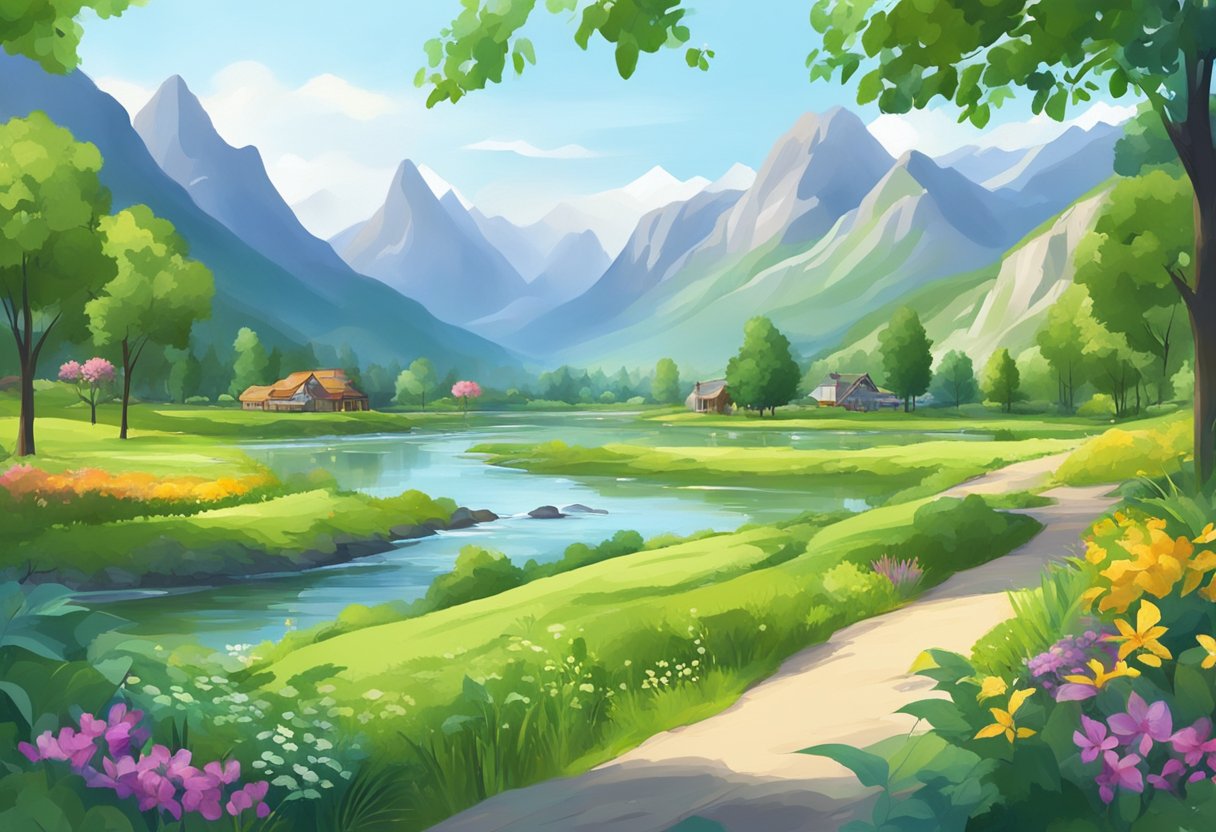
In Costa Rica’s Blue Zone, you find some of the world’s highest concentrations of centenarians. Research attributes their longevity to both genetic and lifestyle factors, including diet, physical activity, and social structures.
Centenarian Studies
Recent studies, including those led by demographer Michel Poulain, have consistently identified certain areas within Costa Rica, particularly the Nicoya Peninsula, as a Blue Zone where centenarians are not uncommon. Your chances of reaching 100 in these areas are significantly higher due to various factors. For example, the diet of the centenarian population often consists of maize, beans, and squash, which are rich in fiber and complex carbohydrates, and low in fat.
- Physical Activity: An active lifestyle is a norm, often involving daily physical tasks.
- Genetics: There is evidence suggesting a genetic predisposition among this group to live longer.
Preventive Health and Diseases
The Costa Rican Ministry of Health has been influential in prioritizing preventive healthcare, which has a substantial impact on the health outcomes of its residents. Your risk of chronic conditions like heart disease can be influenced by the quality of healthcare and lifestyle choices.
- Preventive Measures:
- Regular physical activity is encouraged, reducing the prevalence of heart disease.
- The consumption of a healthy diet with fresh fruits and vegetables contributes to robust heart health and strong bones.
The focus on a healthy lifestyle in Costa Rica’s Blue Zone supports an overall high quality of life and impressive life expectancy, making it a remarkable area of study for health professionals and those interested in longevity.
Incorporating Nicoyan Principles Globally
By observing and implementing the Nicoyan lifestyle principles, you can potentially enhance your lifespan and improve your quality of life. These principles have been distilled into practical strategies that can be adapted worldwide.
A Global Perspective on Longevity
Nicoya, a region in Costa Rica, is renowned for its high concentration of centenarians. This phenomenon is attributed to several factors that form the cornerstone of the Nicoyan lifestyle, collectively referred to as the “Plan de Vida,” or life plan. This life plan fosters a sense of purpose among Nicoyans, encouraging active engagement in life through Physical Work and Activities that contribute to their physical and cardiovascular health.
Positive Outlook: The Nicoyans’ Positive Outlook on life is essential, often being credited for their longevity. A positive mindset can reduce stress and improve overall well-being.
Social Networks: Strong Social Networks are crucial as they provide emotional and practical support, which has been linked to longer lifespans.
Light Dinner: Dietary habits, like having a Light Dinner, minimize heavy digestion during sleep, which can contribute to a healthier metabolism and better sleep patterns.
In terms of diet, the Nicoyans rely heavily on the Mesoamerican Diet, which is rich in beans, corn, squash, fruits, and vegetables, while low in Processed Foods. By incorporating such nutrient-dense foods into your diet, you can reduce the risk of many chronic diseases.
Practical Applications for Health and Wellness
To apply Nicoyan longevity principles globally, you must consider adapting these practices to fit your own cultural and personal context.
- Dietary Modifications: Embrace a whole-food-based diet similar to the Mesoamerican Diet to increase your intake of fiber, vitamins, and minerals. Limit Processed Foods that often contain harmful levels of sugar, salt, and fats.
| Dietary Element | Suggested Action |
|---|---|
| Whole grains | Substitute refined grains with whole grain options. |
| Beans | Incorporate a variety of beans into daily meals. |
| Fruits & Vegetables | Increase portions in every meal. |
| Processed Foods | Minimize or eliminate from diet. |
Lifestyle Changes: Introduce more Physical Work into your daily routine. This doesn’t necessarily mean heavy labor, but regular physical activity, which promotes cardiovascular health. Form and maintain strong Social Networks to support your mental and emotional well-being.
Healthcare and Education: Advocate for better Healthcare and Education about Healthy Habits in your community. Understanding the factors that contribute to good health is vital for sustained well-being.
Implementing Nicoyan principles can have a profound impact on your life. By adopting a more purposeful daily routine, healthier eating habits, and a supportive social environment, you can work toward achieving a longer and healthier life.


